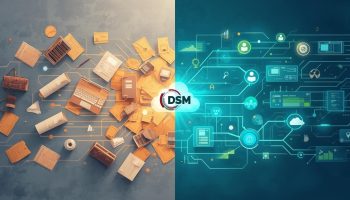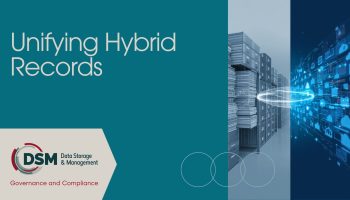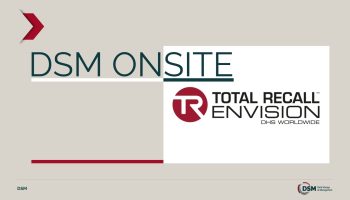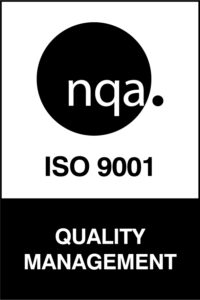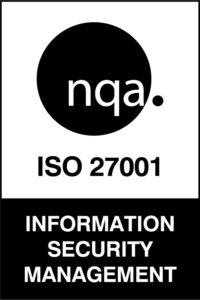Secondary schools and higher education institutions face increasing pressure to modernise how they manage information. From student records and safeguarding documentation to HR files and financial audits, the volume and complexity of data is growing—alongside expectations for compliance, accessibility, and security.
While digital learning platforms and cloud-based tools are becoming more common, many institutions still rely heavily on paper-based systems. This hybrid environment can create inefficiencies, increase risk, and make it harder to meet obligations under the General Data Protection Regulation (GDPR) and Department of Education guidelines.
The Challenge: Paper Legacy Meets Digital Demands
Educational institutions often store decades’ worth of records—some of which are still required for legal or operational reasons. But managing these archives manually can be time-consuming, costly, and prone to error. It also makes it difficult to enforce retention policies or respond quickly to subject access requests.
In an era where data protection and operational resilience are under the spotlight, this approach is no longer sustainable.
The Solution: Digitisation and Digital Records Management
Document Digitisation is more than scanning; it’s about transforming how information is accessed, secured, and used. By converting paper records into structured digital formats, schools and colleges can:
- Improve Compliance: Digitised records can be indexed, encrypted, and audited, making it easier to meet GDPR obligations such as data minimisation, access control, and retention enforcement.
- Enhance Accessibility: Staff can retrieve records quickly and securely, whether working on-site or remotely supporting faster decision-making and better service to students and stakeholders.
- Reduce Risk: Digital backups protect against fire, flood, or accidental loss, while access controls help prevent unauthorised use.
- Optimise Space and Cost: Reclaiming physical storage areas can free up valuable space for teaching or student support, while reducing long-term storage costs.
Best Practice: A Policy-Led, Phased Approach
Successful digitisation starts with a clear records management policy. Institutions should begin by identifying high-risk or high-value records—such as safeguarding files, exam results, or financial audits—and prioritise these for scanning and secure storage.
Partnering with a provider experienced in the education sector ensures that digitisation is not just a technical upgrade, but a strategic enabler. At DSM, we help schools and colleges implement defensible destruction policies, digitise legacy records, and align with Department of Education and GDPR requirements.
Looking Ahead: Building Digital Resilience in Education
As the Department of Education continues to promote digital transformation and infrastructure investment, institutions that embrace will modern records management be better positioned to adapt—whether to curriculum reform, funding audits, or the next wave of hybrid learning.
By embedding best practice in records control, data protection, and digital access, schools and colleges can build a more resilient, responsive, and student-focused future.
By partnering with DSM, companies can ensure their document retention needs are managed securely and compliantly. Our commitment to excellence and customer satisfaction makes us a trusted partner in the life sciences industry.
If you’re a current DSM customer, now is the perfect time to explore how our scanning services can complement your existing records management strategy. And if you’re new to DSM, we’d love to show you how digitisation can unlock efficiency, compliance, and peace of mind.
Visit www.dsm.ie or contact us at info@dsm.ie / +353 61 332206 to learn more.



